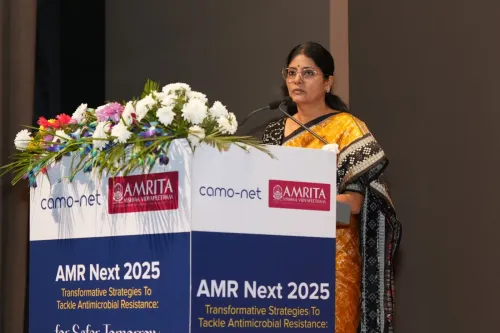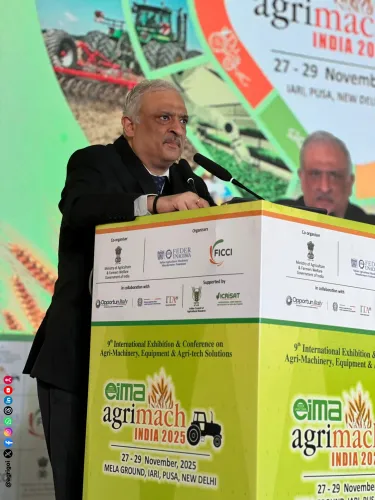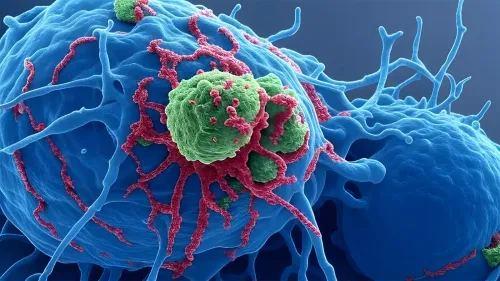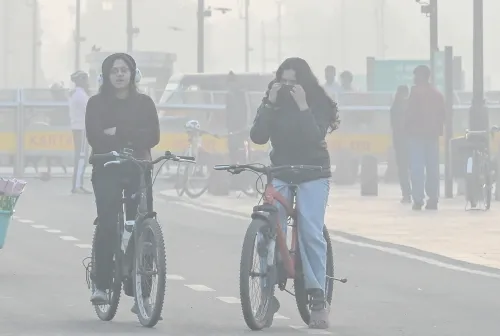Local Factors, Not Punjab and Haryana Crop Fires, Responsible for Poor Air Quality in Delhi-NCR: Study
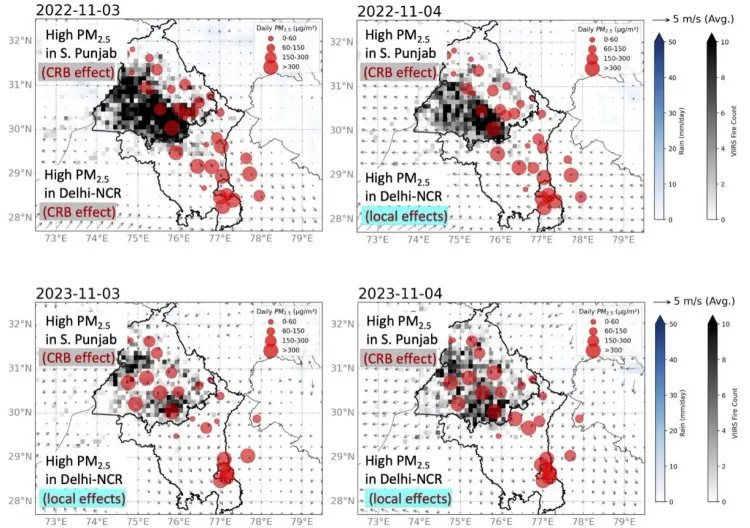
Synopsis
Key Takeaways
- The primary cause of PM2.5 levels in Delhi-NCR is local emissions, not crop burning.
- Continuous monitoring is essential for effective air quality management.
- Wind patterns significantly influence pollutant transport.
- PM2.5 levels remain high despite reduced fire counts in Punjab and Haryana.
- Local conditions can exacerbate air quality issues.
New Delhi, Feb 4 (NationPress) A recent study indicates that the elevated levels of PM2.5 in Delhi-NCR are primarily attributed to local factors rather than crop residue burning (CRB) in Punjab and Haryana. This assertion comes from researchers based in Japan, who conducted an analysis utilizing data from a network of 30 monitoring sites.
The research, conducted as part of the Aakash Project led by the Research Institute for Humanity and Nature (RIHN) in Kyoto, reveals that even during the critical rice stubble burning season of October-November, the crop fires do not significantly affect the air quality in the capital and surrounding regions.
The detrimental effects of air pollution on human health, economic productivity, and overall living conditions have raised considerable alarms over the years, particularly during the October-November period when pollution levels reach alarming thresholds in Delhi-NCR.
Historically, significant contributions from paddy CRB in Punjab and Haryana have been implicated as a primary cause of the air quality issues in Delhi and its neighboring areas.
Lead author Dr. Poonam Mangaraj stated, “Our findings emphasize the necessity for ongoing air pollution monitoring across source regions (Punjab), receptor areas (Delhi-NCR), and intermediate zones (Haryana) to devise targeted strategies for mitigating persistent air pollution.”
The researchers concluded, “CRB in Punjab and Haryana cannot solely account for the air quality fluctuations in Delhi-NCR, even during the height of the rice stubble burning season.” This research is documented in the journal npj Climate and Atmospheric Science.
For the study, the team deployed 30 compact PM2.5 monitoring instruments known as CUPI-Gs, which have been continuously tracking air pollutants throughout 2022 and 2023.
The analysis incorporated (1) data from the low-cost CUPI-G network, (2) assessments of air mass movements, fire counts, and wind patterns, and (3) simulations of chemical transport to evaluate the influence of CRB on PM2.5 levels in rural, suburban, and metropolitan areas.
The results reveal that despite a marked decrease in satellite-detected fire counts (FDCs) in Punjab and Haryana from 2015 to 2023, PM2.5 levels in Delhi have remained consistently high.
In both 2022 and 2023, PM2.5 concentrations exhibited significant daily fluctuations across different monitoring sites. Both years recorded notable fire counts in southwest Punjab, with daily average PM2.5 levels surpassing 300 micrograms per cubic meter of air in Delhi. However, the meteorological conditions for the peak CRB days in November 2022 and 2023 were significantly different.
During November 2022, northwesterly winds facilitated the transport of air masses from Punjab and Haryana to Delhi-NCR on two separate occasions. In contrast, November 2023 experienced a low southwesterly wind pattern, leading to the accumulation of local pollutants in Delhi-NCR.
The analysis illustrates that the accumulation and persistence of PM2.5 in Delhi-NCR are predominantly of local origin, as inferred from fluctuations corresponding with the activation or deactivation of the Graded Response Action Plan (GRAP) stages enforced by the Commission for Air Quality Management (CAQM).
“By utilizing measurements from a network of approximately 30 sites covering Punjab, Haryana, and Delhi-NCR, we can effectively differentiate the contributions of paddy straw burning to variations in PM2.5 levels in Delhi based on distinct PM2.5 events and weekly to monthly averages,” stated Prof. Prabir Patra, project leader of Aakash Project and principal scientist at the Japan Agency for Marine-Earth Science and Technology (JAMSTEC).

